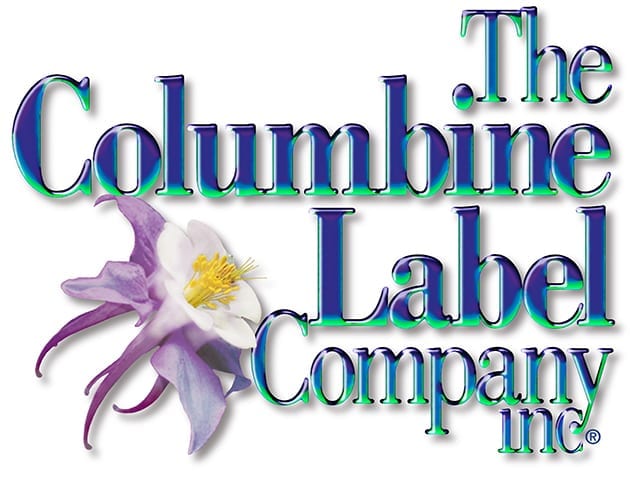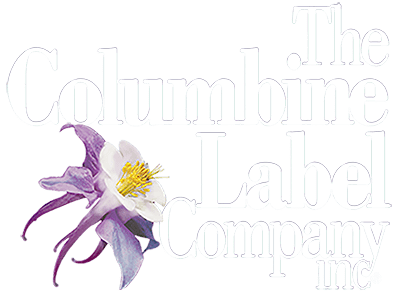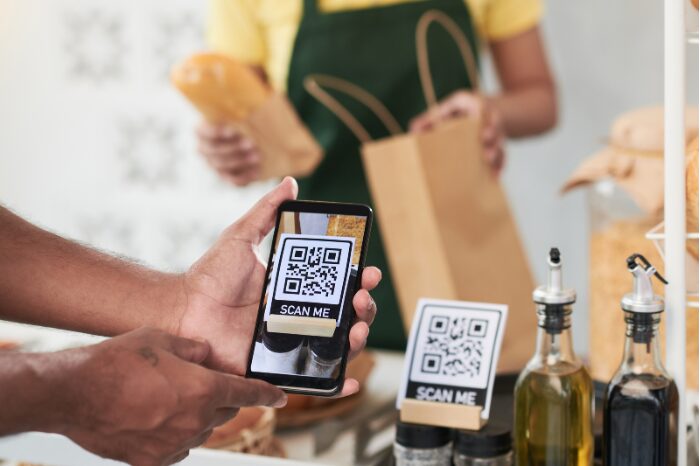The world of packaging is evolving rapidly, and one of the most exciting trends reshaping the industry is the adoption of variable data QR codes in place of traditional UPC barcodes. With their ability to store significantly more information and provide interactive experiences, QR codes are changing the game for businesses and consumers alike. Here, we explore this trend, the regulatory landscape, its benefits, production methods, and what businesses can expect from their label providers.
Regulatory Landscape
As of now, QR codes are not fully replacing UPC barcodes on a global scale, but steps are being taken to pave the way for their broader adoption. The Global Standards Organization (GS1), which oversees barcode standards, has introduced Digital Link, a standard that allows QR codes to carry the same product information as a UPC while also enabling additional functionalities like product authentication, marketing, and more. By 2027, GS1 is pushing for broader implementation of Digital Link-enabled QR codes, signaling that this trend may soon become the norm. Product Labeling will need to shift.
Regulations still require that traditional UPC barcodes be present on most products, especially in markets like the U.S., to ensure compatibility with existing point-of-sale (POS) systems. However, businesses are increasingly adding QR codes alongside UPCs, using them to enhance customer engagement and streamline supply chain processes.
Benefits of Variable Data QR Codes
Variable data QR codes offer numerous advantages over traditional barcodes:
-
Enhanced Consumer Engagement: QR codes can link consumers to product information, tutorials, promotions, or loyalty programs with a simple scan. They transform static packaging into a dynamic marketing tool.
-
Increased Data Capacity: Unlike UPC barcodes, QR codes can store a vast amount of information, including URLs, batch numbers, expiration dates, and more.
-
Personalization and Localization: Variable data printing allows businesses to customize QR codes for specific batches, regions, or even individual products. This enables tailored marketing campaigns and localized content.
-
Streamlined Supply Chain Management: QR codes can be used for real-time tracking, inventory management, and authentication, reducing the risk of counterfeiting and improving operational efficiency.
-
Sustainability Benefits: By providing digital instructions, recipes, or warranty information via QR codes, companies can reduce the need for printed inserts, aligning with sustainability goals.
How Variable Data QR Codes Are Produced
Creating variable data QR codes involves a more complex process than standard barcode printing. Here’s a look at how they are produced in a print shop:
-
Data Preparation: The business provides a database containing the unique information for each QR code. This could include URLs, serial numbers, or other data points.
-
Software Integration: Specialized software, such as Esko or similar prepress tools, is used to generate the QR codes and integrate them into the label design. The software ensures each code is unique and accurately linked to the provided data.
-
High-Quality Digital Printing: Digital printing presses are ideal for variable data printing because they can handle changes on the fly without needing new plates. This technology ensures crisp and scannable QR codes on every label.
-
Verification and Quality Control: Print shops use advanced scanners to verify that each QR code is readable and contains the correct data before the labels are shipped.
What to Expect from Your Label Provider
When working with your label provider on variable data QR codes, you can expect:
-
Consultation: Your provider should guide you through the process, from data preparation to final label production.
-
Customization Options: They’ll offer a range of materials, finishes, and adhesives suitable for your packaging needs.
-
Quality Assurance: Providers will verify the accuracy and scannability of your QR codes, ensuring compliance with GS1 standards.
-
Timely Delivery: With digital printing capabilities, providers can deliver high-quality variable data labels on tight timelines.
-
Support for Integration: They can help integrate QR codes with your marketing or supply chain systems, ensuring seamless implementation.
The Future of Packaging
While the transition from traditional UPC barcodes to variable data QR codes is still in progress, the benefits are undeniable. As more businesses recognize the potential of QR codes to enhance customer experiences and streamline operations, this trend is expected to become standard practice in the coming years. Partnering with a knowledgeable label provider ensures your business is prepared to embrace this packaging innovation and stay ahead in a competitive market.
Is your business ready to make the shift? Reach out to your label provider today to explore the possibilities of variable data QR codes for your packaging.
Still need to learn a bit more about UPCs and their application? Not to worry, our starter guide to UPCs is here for your to read.


